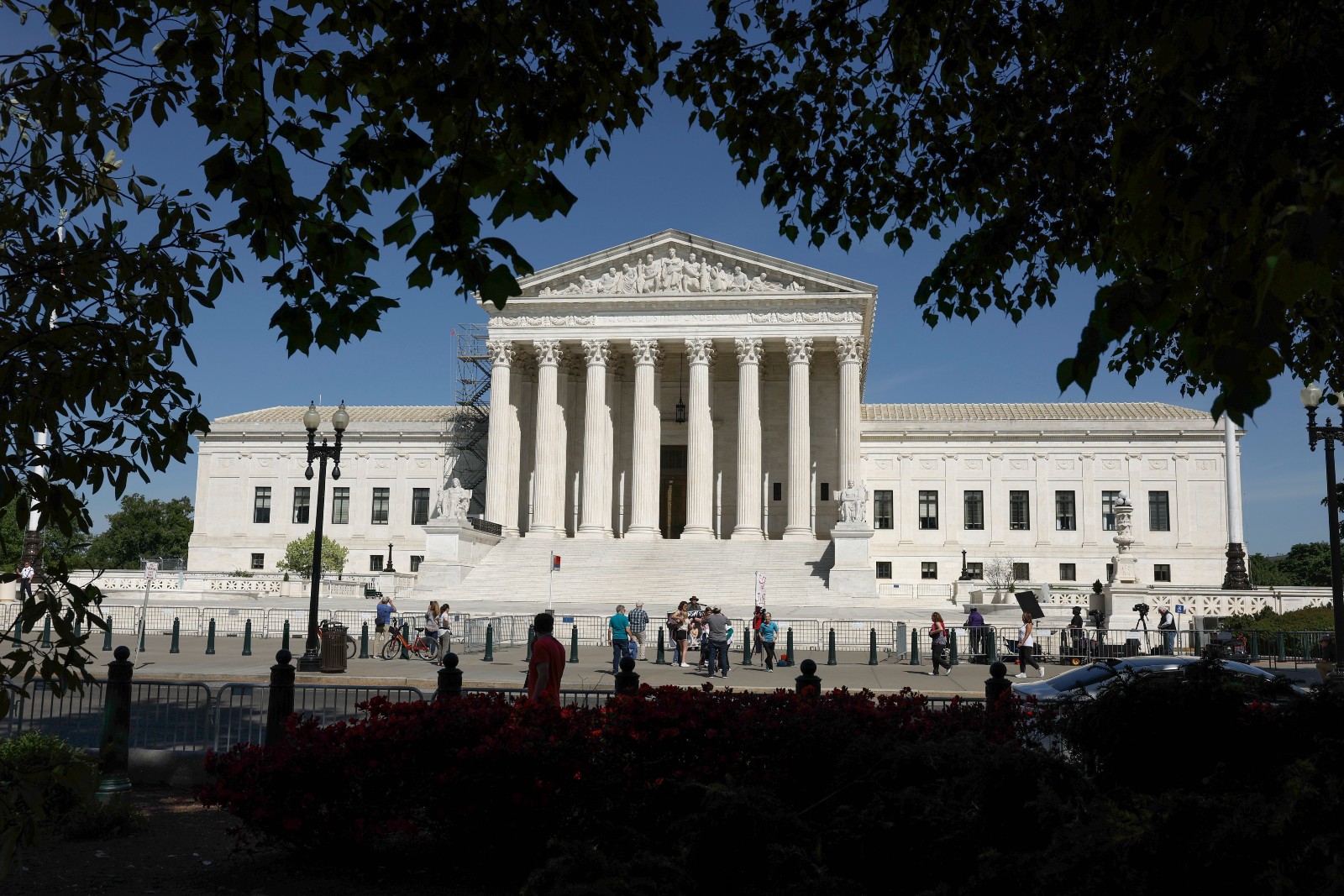
A federal air pollution rule successfully cut smog-forming emissions in 10 states by 18 percent this past summer, according to data collected by the U.S. Environmental Protection Agency. During peak ozone season, which spanned May to September, states including Illinois, New York, Ohio, and Pennsylvania reduced nitrogen oxide emissions coming from coal-fired power plants under the agency’s recent “Good Neighbor” rule. Nitrogen oxide emissions can travel hundreds of miles downwind into neighboring states and form ozone, the main ingredient in smog.
“This early data shows that the Good Neighbor plan is a workable and effective rule,” said Joseph Goffman, principal deputy assistant administrator of EPA’s Office of Air and Radiation, in a press release.
But the agency’s rule, which was finalized back in March, originally targeted a much broader group of 23 states. Twelve of the remaining states, including Alabama, Kentucky, Minnesota, Texas, and Utah, have yet to implement the rule due to ongoing legal challenges against the EPA’s regulation. (The thirteenth, California, is required to reduce pollution only from heavy industry, not power plants, and not until 2026.) State officials, fossil fuel industry groups, and utilities in those states have filed petitions to halt the rule, claiming the costs of compliance are too high and the standards unreasonable. Public health experts say these court actions are delaying much-needed relief for communities suffering the brunt of ozone’s impacts on human health.
“It’s quite frustrating that so many states have chosen to litigate — to not be a good neighbor,” said Paul Billings, senior vice president for public policy at the American Lung Association.
The Good Neighbor rule requires power plants and heavy industry to install and use pollution-control equipment to reduce their emissions of nitrogen oxide, which reacts with other molecules in the atmosphere to form ozone. Billings said that in many cases, power plants already have these controls installed but choose to not operate them to cut costs.
Ozone is one of the most widespread air pollutants in the United States and reaches peak levels during the summer, when high temperatures and ample sunlight create ideal conditions for its formation. Exposure to ozone can cause coughing, wheezing, and shortness of breath in healthy adults and exacerbate chronic respiratory illnesses. Some of its effects, like a higher risk of asthma attacks, can raise the likelihood of premature death.
In 2015, the EPA issued an updated ozone air quality standard, which sets maximum levels of ozone pollution across the nation. Under a provision of the federal Clean Air Act, which was passed in 1970, every state was required to submit a plan within three years of that update detailing how it would reduce the amount of ozone-forming air pollutants blowing downwind into nearby states. Two states, Pennsylvania and Virginia, failed to submit plans. In February, the EPA formally rejected another 21 states’ plans for failing to take sufficient action. The next month, the agency released its own plan — the Good Neighbor rule — setting cross-state ozone emissions standards that these states would be required to meet.

Since February, several states have challenged the EPA’s rejection of their original plans in federal courts across the country, effectively hitting pause on the federal Good Neighbor rule in those states, said Zachary Fabish, senior attorney at Sierra Club. That’s despite high levels of ozone pollution in those states, such as Texas and Utah.
Fossil fuel industry groups, utilities, and states have also filed legal challenges against the Good Neighbor rule itself at the U.S. Court of Appeals for the District of Columbia Circuit. Petitioners in these cases are asking for a complete halt on the air pollution plan nationwide, including in states that are already implementing the federal rule. Filing groups include oil and gas companies Kinder Morgan and TransCanada Pipelines Limited; the electric utility PacifiCorp; trade associations like the American Chemistry Council, Interstate Natural Gas Association, and National Mining Association; and states including Indiana, Ohio, Utah, and West Virginia.
Indiana, Ohio, West Virginia, and several industry groups have gone as far as filing emergency applications asking the Supreme Court to block enforcement of the rule while the court challenges play out. Fabish noted that while it’s unclear when or how the Supreme Court will act, the Good Neighbor plan has strong legal footing and is “entirely consistent” with previous federal ozone regulations. Fabish and the Sierra Club, along with other environmental groups, have submitted briefs before federal courts arguing on behalf of the Good Neighbor rule in these cases.
“We’re all suffering from worse air quality than we should,” he said, adding that the EPA’s recent findings prove the tangible public health benefits that the 12 noncompliant states are missing out on. Ozone’s health impacts disproportionately hurt communities living close to power plants and industrial facilities, which are more likely to be communities of color and low-income communities. The air pollution also has an outsize impact on outdoor workers, children, and people living with chronic illnesses. Moreover, as climate change fuels hotter temperatures, the period of peak ozone levels during the summer will likely grow longer.
“The reality is, while these court battles are ongoing, people are suffering,” Fabish said.
This story was originally published by Grist with the headline An EPA rule dramatically reduced smog pollution — in states that haven’t sued to stop it on Dec 12, 2023.
